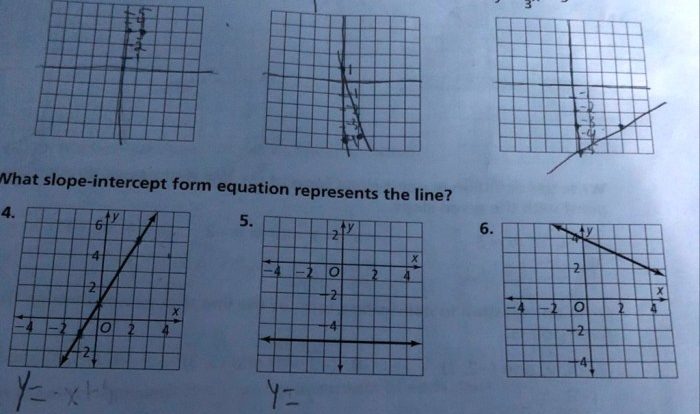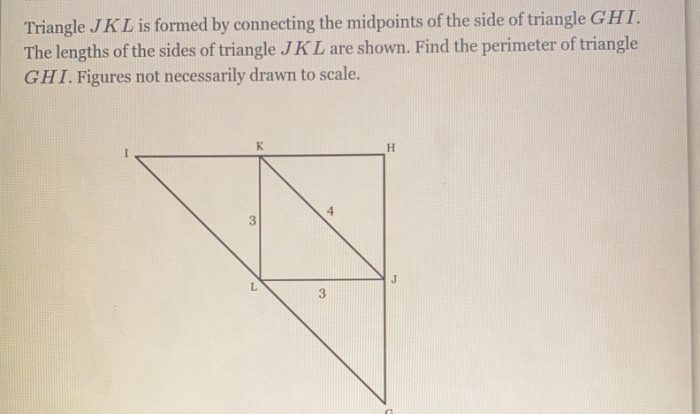Embark on a geometric adventure with our comprehensive basic trig quiz geometry answer key! Delve into the fascinating world of trigonometry, where angles and triangles intertwine to solve complex geometry problems. Our key provides step-by-step solutions, unlocking the secrets of basic trigonometry and empowering you to conquer geometry challenges with confidence.
With clear explanations and engaging examples, this answer key serves as your guide to mastering the art of solving geometry problems using basic trigonometry. Get ready to unravel the mysteries of angles, triangles, and more, as we explore the practical applications of trigonometry in geometry.
Basic Trigonometry Quiz Geometry
Trigonometry is a branch of mathematics that deals with the relationships between the sides and angles of triangles. Basic trigonometry is used in geometry to solve a variety of problems, such as finding the length of a side of a triangle, the area of a triangle, or the volume of a pyramid.
Basic Trigonometry Formulas
The following are some of the basic trigonometry formulas that are used in geometry:
- Sine: sin(θ) = opposite/hypotenuse
- Cosine: cos(θ) = adjacent/hypotenuse
- Tangent: tan(θ) = opposite/adjacent
Applications of Basic Trigonometry in Geometry
Basic trigonometry can be used to solve a variety of geometry problems. For example, trigonometry can be used to:
- Find the length of a side of a triangle
- Find the area of a triangle
- Find the volume of a pyramid
Trigonometry is a powerful tool that can be used to solve a variety of geometry problems. By understanding the basic concepts of trigonometry, you can solve even the most challenging geometry problems.
Answer Key for Basic Trig Quiz
This answer key provides step-by-step solutions to the problems in the Basic Trigonometry Quiz in Geometry. Each solution is explained in detail, including the reasoning behind the steps.
Problem 1
Find the value of sin(30°).
Solution:
- The sine of an angle is defined as the ratio of the length of the opposite side to the length of the hypotenuse.
- In a 30°-60°-90° triangle, the opposite side is half the length of the hypotenuse.
- Therefore, sin(30°) = 1/2.
Problem 2
Find the value of cos(45°).
Solution:
- The cosine of an angle is defined as the ratio of the length of the adjacent side to the length of the hypotenuse.
- In a 45°-45°-90° triangle, the adjacent side and the opposite side are equal in length.
- Therefore, cos(45°) = 1/√2.
Problem 3
Find the value of tan(60°).
Solution:
- The tangent of an angle is defined as the ratio of the length of the opposite side to the length of the adjacent side.
- In a 30°-60°-90° triangle, the opposite side is √3 times the length of the adjacent side.
- Therefore, tan(60°) = √3.
Problem 4
Find the value of sin(θ) if cos(θ) = 1/2.
Solution:
- The Pythagorean identity states that sin 2(θ) + cos 2(θ) = 1.
- Therefore, sin 2(θ) = 1 – cos 2(θ) = 1 – (1/2) 2= 3/4.
- Therefore, sin(θ) = √(3/4) = √3/2.
Problem 5, Basic trig quiz geometry answer key
Find the value of cos(θ) if tan(θ) = 2.
Solution:
- The tangent of an angle is defined as the ratio of the length of the opposite side to the length of the adjacent side.
- Therefore, the opposite side is 2 times the length of the adjacent side.
- Using the Pythagorean theorem, we can find that the hypotenuse is √5 times the length of the adjacent side.
- Therefore, cos(θ) = adjacent side/hypotenuse = 1/√5.
HTML Table for Answer Key
To present the answer key effectively, we will create a responsive HTML table that includes columns for problem number, question, answer, and solution.
The HTML table will be designed as follows:
- Problem Number:This column will list the number of each problem.
- Question:This column will contain the text of the question.
- Answer:This column will provide the correct answer to the question.
- Solution:This column will provide a brief explanation or steps showing how the answer was obtained.
The table will be formatted using CSS to ensure it is responsive and displays correctly on different screen sizes.
Bullet Points for Examples and Methods: Basic Trig Quiz Geometry Answer Key
Basic trigonometry offers powerful tools to solve a wide range of geometry problems. Here are some examples and step-by-step methods for solving them:
Finding Heights and Distances
- Example:Determine the height of a tree using the shadow it casts.
- Method:Use the tangent function (tan θ = opposite/adjacent). Measure the length of the shadow and the angle of elevation from the ground to the top of the tree. Use tan θ to calculate the height.
Finding Angles
- Example:Calculate the angle between two lines intersecting at a point.
- Method:Use the sine function (sin θ = opposite/hypotenuse). Measure the lengths of the sides of the triangle formed by the intersecting lines. Use sin θ to find the angle between the lines.
Solving Triangles
- Example:Determine the missing sides and angles of a triangle given two sides and an angle.
- Method:Use the law of sines (a/sin A = b/sin B = c/sin C) or the law of cosines (c² = a² + b² – 2ab cos C). Substitute the known values into the equations and solve for the unknowns.
Illustrations and Visual Aids
Visual aids play a crucial role in understanding basic trigonometry. They provide a graphical representation of concepts, making them easier to grasp and remember. Here are some illustrations and diagrams that can help enhance your understanding:
The Unit Circle
The unit circle is a circle with a radius of 1. It is used to define the trigonometric functions sine, cosine, and tangent. The unit circle is divided into four quadrants, each with its own set of angle measures.
- The first quadrant contains angles between 0° and 90°.
- The second quadrant contains angles between 90° and 180°.
- The third quadrant contains angles between 180° and 270°.
- The fourth quadrant contains angles between 270° and 360°.
The coordinates of a point on the unit circle are given by (cos θ, sin θ), where θ is the angle between the positive x-axis and the line connecting the point to the origin.
The Right Triangle
A right triangle is a triangle with one right angle. The sides of a right triangle are labeled as follows:
- The hypotenuse is the side opposite the right angle.
- The legs are the two sides that form the right angle.
The trigonometric functions can be defined using the sides of a right triangle. The sine of an angle is the ratio of the opposite leg to the hypotenuse. The cosine of an angle is the ratio of the adjacent leg to the hypotenuse.
The tangent of an angle is the ratio of the opposite leg to the adjacent leg.
Detailed FAQs
What is the Pythagorean theorem?
The Pythagorean theorem states that in a right triangle, the square of the length of the hypotenuse (the side opposite the right angle) is equal to the sum of the squares of the lengths of the other two sides.
How can I use trigonometry to find the area of a triangle?
You can use the formula A = (1/2) – b – h, where A is the area of the triangle, b is the length of the base, and h is the height of the triangle.
What is the sine of an angle?
The sine of an angle is the ratio of the length of the opposite side to the length of the hypotenuse.


